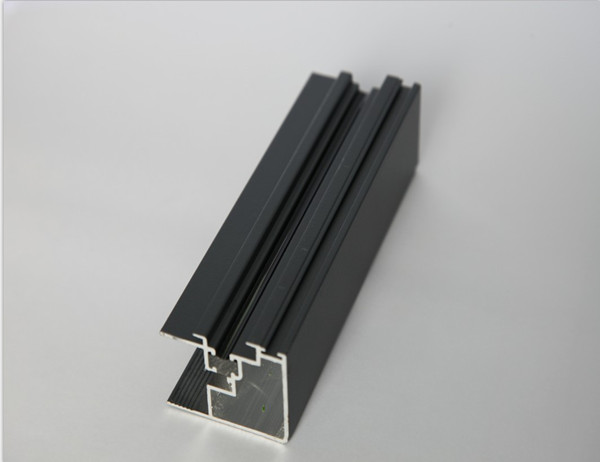In the realm of industrial engineering, the unassuming aluminum profile emerges as a cornerstone of innovation and versatility. Its lightweight, corrosion-resistant nature and exceptional strength-to-weight ratio make it an indispensable material for a myriad of applications.
Structural Frames and Supports:
Aluminum profiles form the backbone of intricate structures, such as machine frames, conveyor systems, and architectural frameworks. Their ability to withstand high loads and resist bending or twisting makes them ideal for supporting heavy machinery and ensuring structural integrity.
Conveyors and Material Handling:
Lightweight and durable, aluminum profiles are extensively used in conveyor systems. They provide smooth surfaces for transporting delicate products, while their strength ensures stability and reliability during high-speed operations.
Automotive and Aerospace:
The automotive and aerospace industries rely heavily on aluminum profiles for weight reduction and improved performance. Their hollow design allows for weight savings while maintaining structural integrity, making them ideal for engine components, chassis, and aircraft wings.
Heat Exchangers and Thermal Management:
Aluminum’s high thermal conductivity makes it a highly effective material for heat exchangers and thermal management systems. Profiles can be designed with fins or channels to increase surface area and enhance heat dissipation.
Electrical and Electronics:
Aluminum profiles serve as enclosures for electrical and electronic components. They provide protection from moisture, dust, and electromagnetic interference while offering excellent thermal dissipation properties.
Medical Equipment and Imaging:
The exceptional durability and lightweight nature of aluminum profiles make them suitable for medical equipment, such as MRI machines and X-ray tables. They can withstand heavy imaging equipment without compromising structural integrity.
The Versatility of Aluminum:
The versatility of aluminum profiles stems from their ability to be extruded into complex shapes and sizes. This allows engineers to customize profiles to meet specific application requirements, including surface treatments, coatings, and post-processing such as welding or machining.
Conclusion:
Aluminum profiles are a testament to the transformative power of lightweight yet robust materials in industrial applications. Their versatility, strength, and corrosion resistance make them the perfect choice for structural components, conveyors, heat exchangers, and countless other uses. As technology continues to advance, the applications of aluminum profiles will only expand, shaping the future of industrial innovation.




